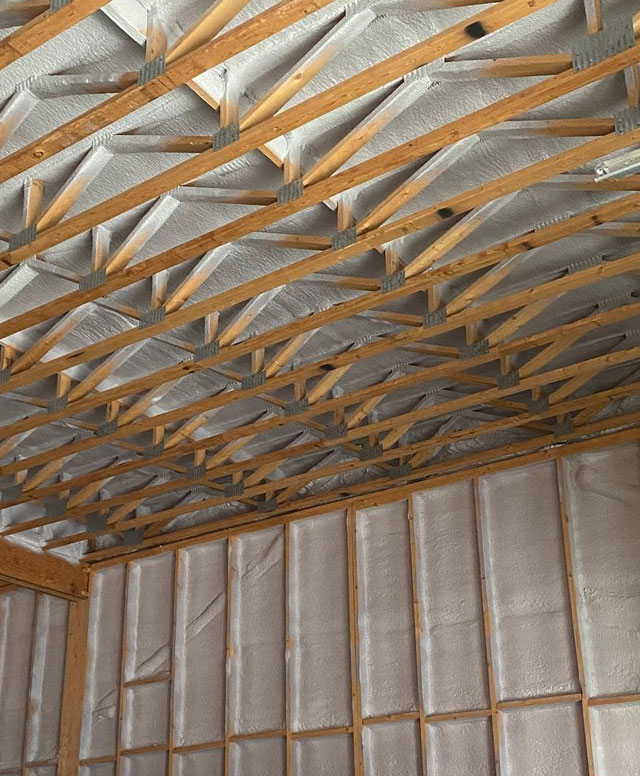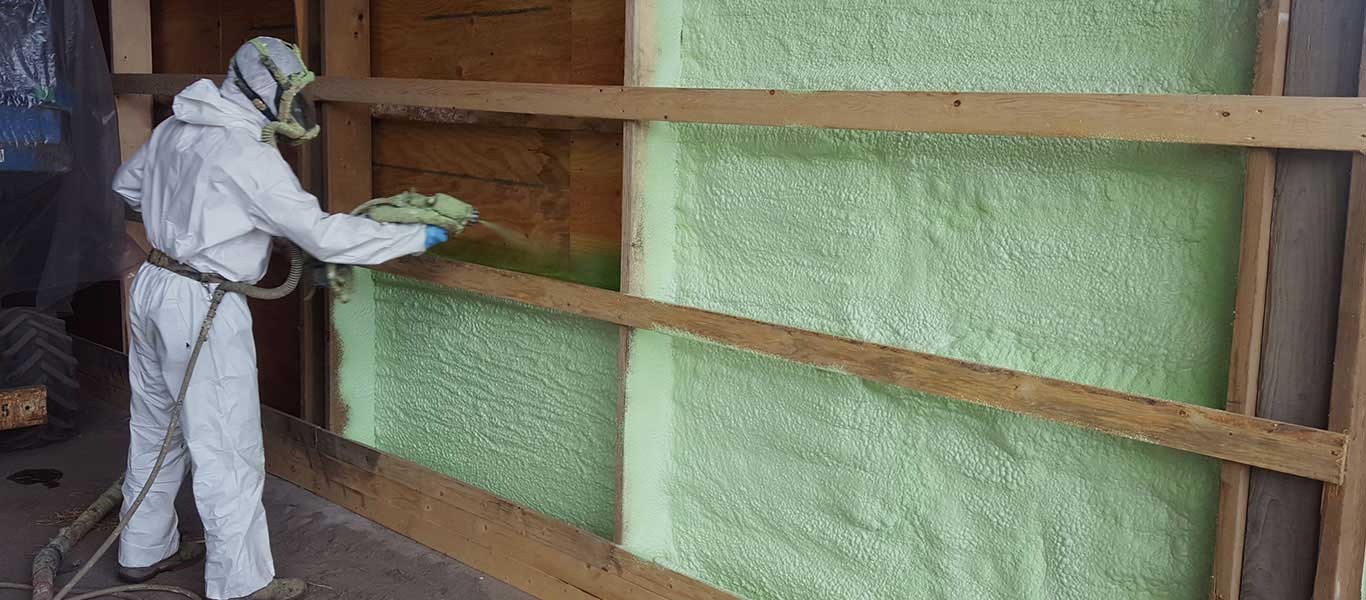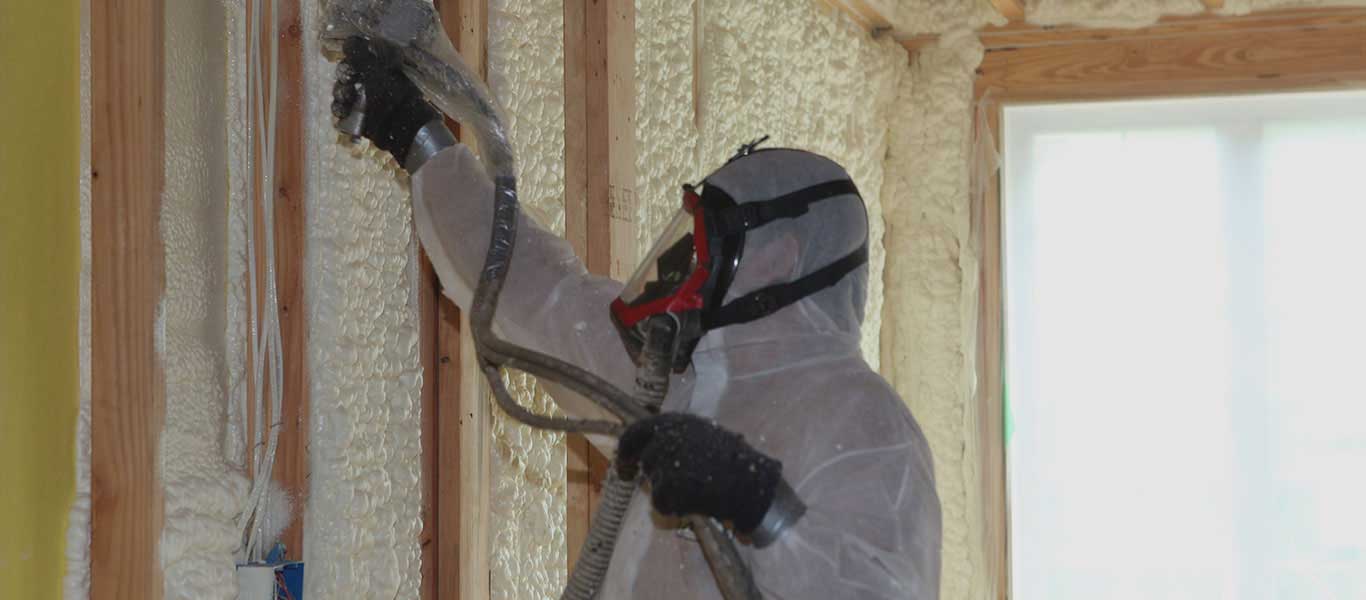Eco Benefits
Spray foam insulation not only reduces energy usage it also reduces carbon emissions
Stops Air Infiltration
SPF is spray applied to fill cavities of any shape offering a continuous air barrier
Significant Savings
Provides a financial savings of 50% or more off of your heating and cooling bills

Push the Thermal Envelope with Spray Foam
Whether it is whole home insulation, retro-fitting an existing attic or spraying foam in a basement, all solutions have a dramatic effect on your monthly energy consumption.
Typical applications may see a result of a 50% reduction in heating and cooling costs. Important to note, is not only will a great reduction in energy consumption be produced, a vast reduction in your carbon emissions will also be seen in correspondence with the reduction of energy usage.
Learn MoreCode Approved Products, Certified Applicators
Pelican Foams & Coatings uses code rated/evaluated insulation products to ensure that your home or commercial building is built to high safety standards. Insulating with spray polyurethane foam (SPF) you can be sure you’re getting your money’s worth, and then some. Our spray foam insulation solutions are code certified and CCMC evaluated in Canada. Residential homeowners and commercial building owners should always insist on code approved products.
Pelican Foams & Coatings certified installers are trained and monitored under a third-party Training and Field Quality Assurance program operated by Urethane Foam Consultants (ISO/IEC 17024 accredited). Urethane Foam Consultants has developed an industry-leading process to ensure all of our installers know, understand and follow best practices and procedures to produce quality insulation in a safe and effective manner.
Frequently Asked Questions



